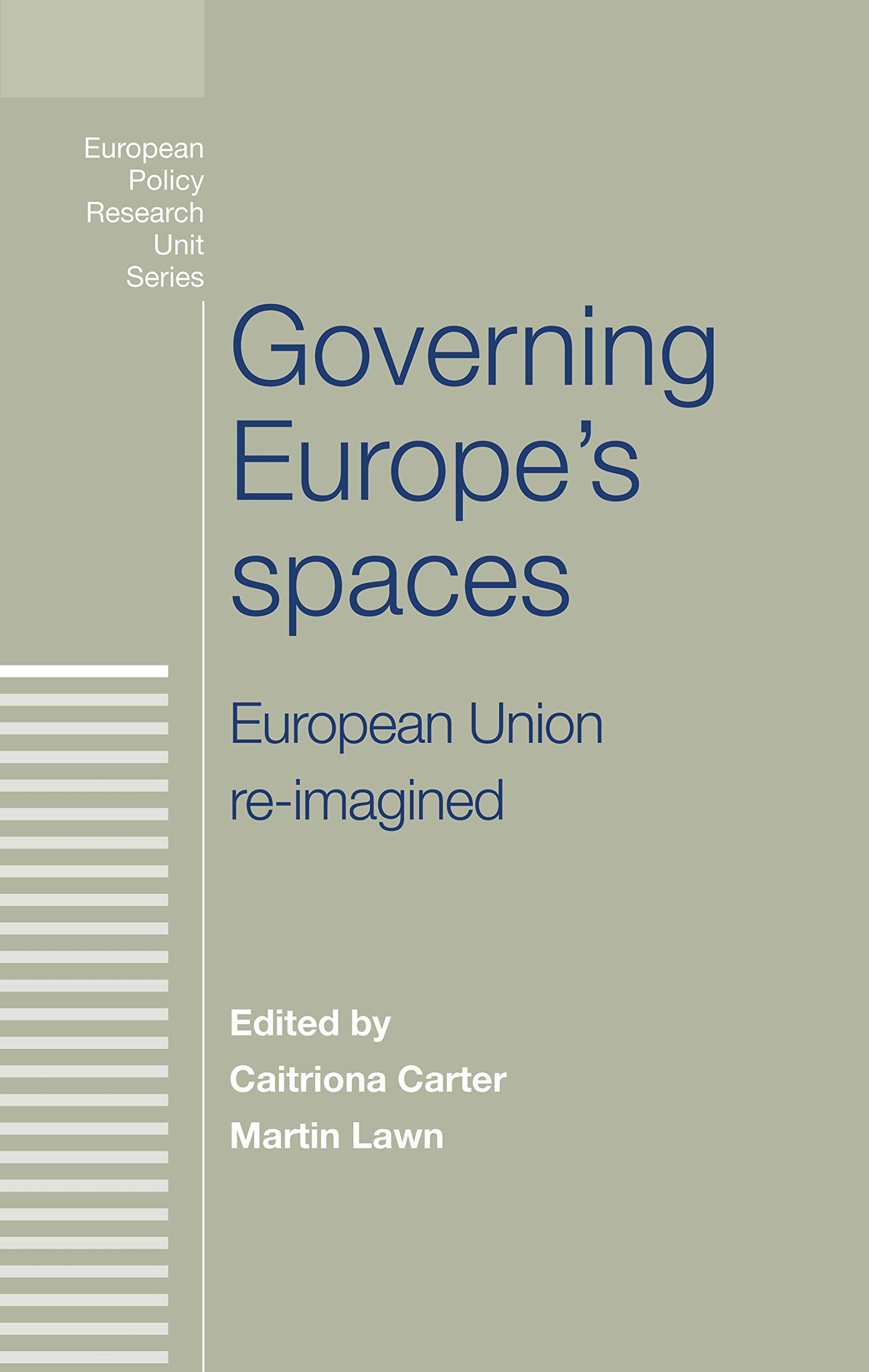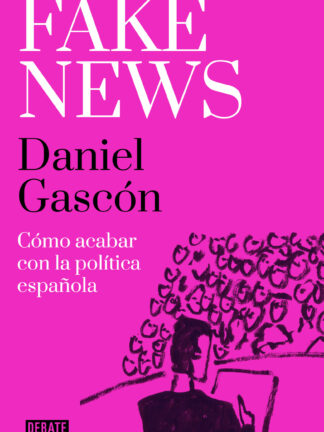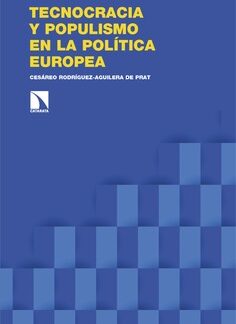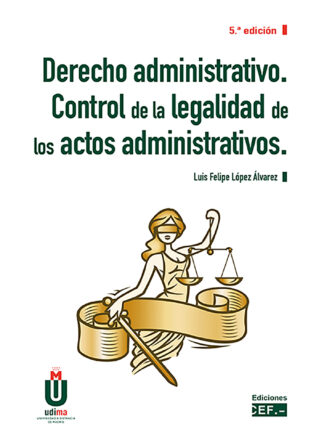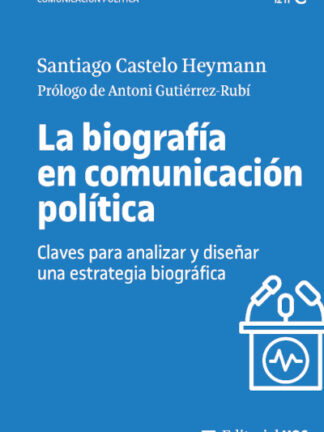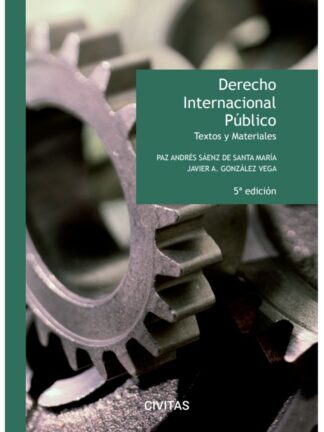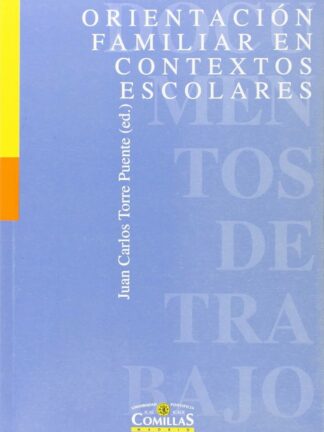Descripción
Governing Europe’s Spaces European Union Re-Imagined *
What do we imagine when we imagine Europe and the European Union? To what extent is our understanding of the EU – of its development, its policies and its working
processes – shaped by unacknowledged assumptions about what Europe really is?
The book constructs a case for re-imagining Europe – not as an entity in Brussels or a series of fixed relations – but as a simultaneously real and imagined space of action
which exists to the extent that Europeans and others act in and on it. This Europe is constantly being made in particular spaces, through specific actor struggles, whose
interconnections are often ill-defined. We ask how do those concerned with building Europe, with extending and elaborating the EU, think of where they are and what
they are doing?
The book captures Europeans in the process of making Europe: of performing, interpreting, modelling, referencing, consulting, measuring and de-politicising Europe.
This book argues that continued theoretical debates on the EU, although important, are nonetheless camouflaging a more fundamental divide about how we can and should
imagine Europe. Indeed, for a long time, EU studies has been dominated by discussions over whether the EU is supranational or intergovernmental or multi-level. This book
instead asks, is Europe’s reality natural or co-produced? Is Europe’s creation the outcome of the actions of rational actors pursuing materially-given interests, or does it
result from the public action of groups of actors whose interests are socially constructed? Are categories of territory used to analyse EU politics – EU versus the Member
States – appropriate or should we problematise the very notion of territory in any account of European integration?
AUTORES: CAITRÍONA CARTER y MARTIN LAWN

